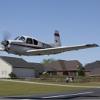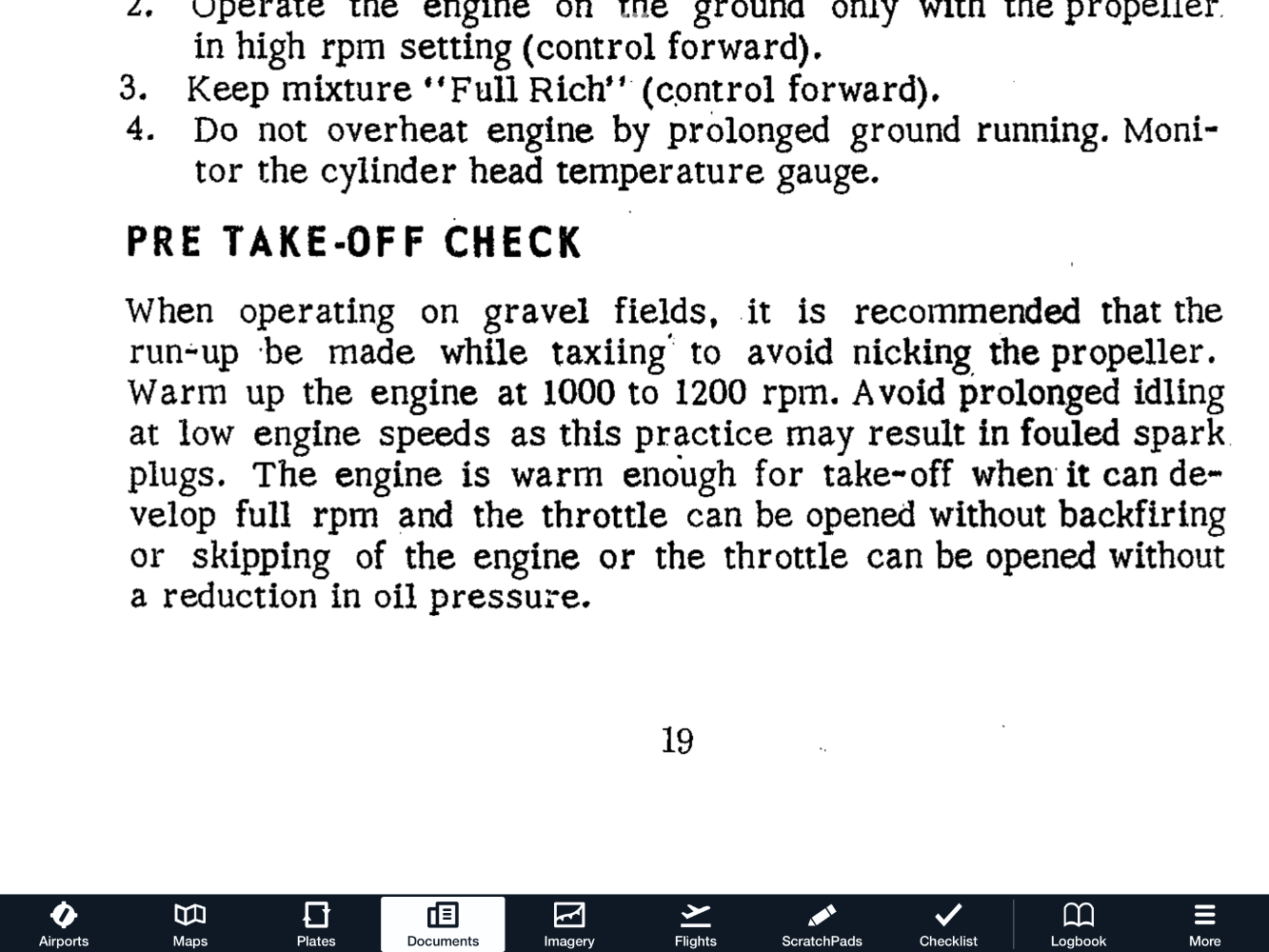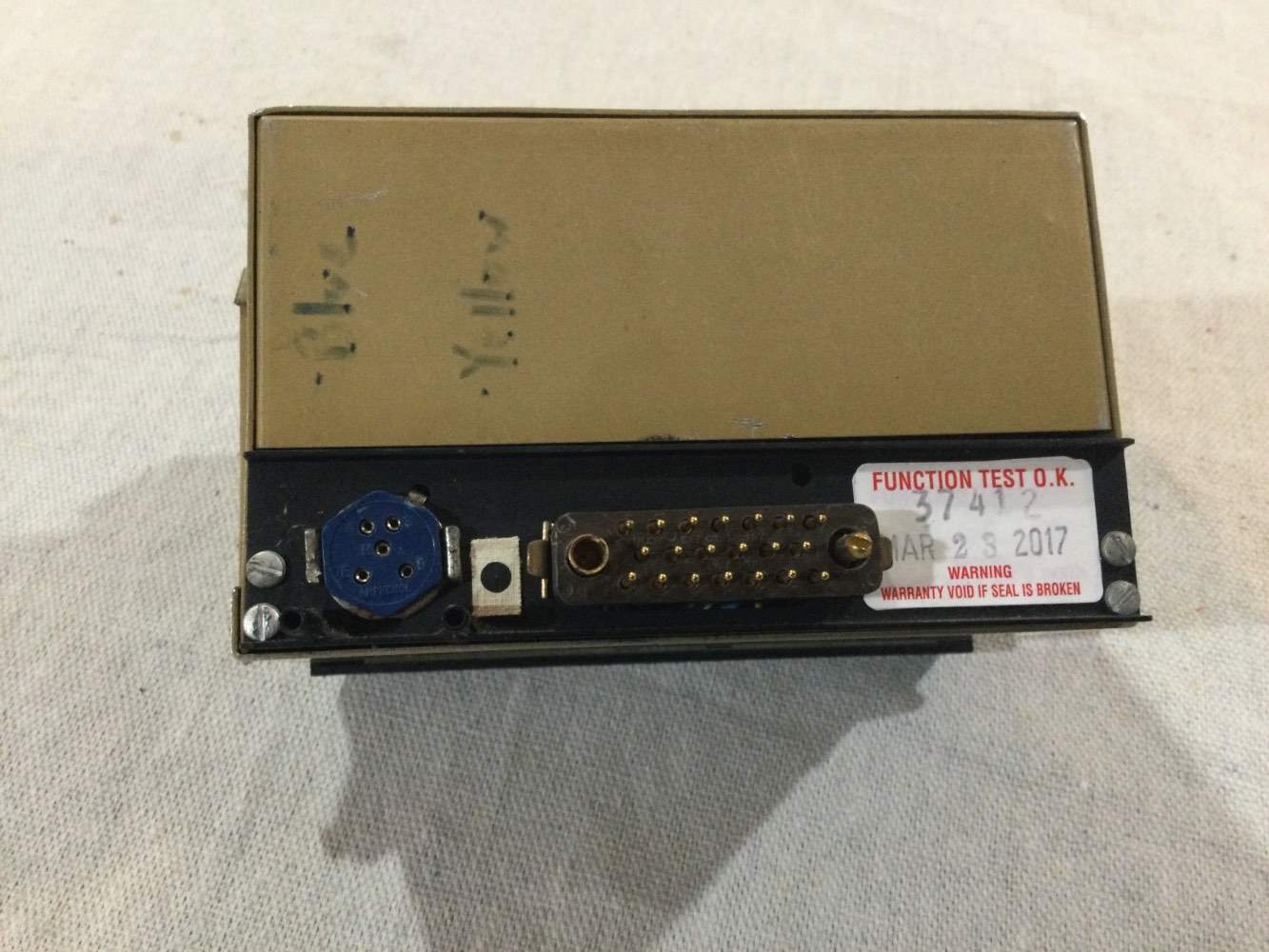-
Posts
2,949 -
Joined
-
Last visited
-
Days Won
1
Content Type
Profiles
Forums
Blogs
Gallery
Downloads
Events
Store
Everything posted by takair
-
Sad to hear his passing. He was a great contributor here and clearly a great friend to many.
-
Don. Is there a formal way to be self insured? In other words, some airports require proof of insurance, can this be provided when one is self insured? I’m curious because I have an experimental plane I’m restoring that may be difficult to insure at first. I am hopeful I will be able to get liability at a minimum, but not sure yet.
-

Removing flap springs to install SK 217 doubler
takair replied to thediverdude's topic in Vintage Mooneys (pre-J models)
Just had a similar question with respect to the giant gear spring. I think it will work here too. Grab a stack of washers of great diameter than the spring. Bend the spring back and forth to open the coils and insert washers in the openings. This slowly extends the spring to install. Put flap down, spring stretches more and washers are loose or fall out. Let us know how it works. -

Heavy & Difficult Manual Gear Operation on M-20C
takair replied to mslisaj's topic in General Mooney Talk
Bend spring back and forth while adding washers in the space between coils. Very easy and effectively lengthens the spring so you can attach without damaging you or the plane. Swing gear and washers fall out to be retrieved with a magnet. Be sure to count the washers first. -

Heavy & Difficult Manual Gear Operation on M-20C
takair replied to mslisaj's topic in General Mooney Talk
I think technique is the number one reason for a person new to the Johnson bar. As others said, too much speed is a big factor. With the Johnson bar, get the gear up early. Most folks new to the gear struggle to hit the thumb release, pull down on the handle and then swing it. Usually by the time they figure out step 1 and 2, the speed is too high. Oh, and then there is an awkward motion of the hand and wrist about half way through. If the speed does get too high, one can momentarily help the gear with a slight push on the yoke, but don’t forget to release the push. It usually takes about a dozen cycles to feel comfortable. Putting the gear down is easier, it tends to want to come down hard, so one must use care not to let it slam home……but you want enough momentum to get into the down lock. Once you get used to it, it is an awesome system….assuming it is rigged right. For Skip @PT20J, I find it more difficult from the right seat because I can’t use my thumb to release the lock. Once used to it, it’s not impossible, but like the being new to the left seat, it takes about a dozen cycles to learn to do it from the right seat……not to mention I’m right handed and weaker left arm. -
I will say that it took me years to sort things out and get it comfortable. Beyond the suggestion I made above above, plugging leaks is key. I do close up one of my aft vents so I don’t pump all the heat out. More importantly, one of the biggest leaks was the wiring pass through from the cabin to the aft cabin. Avionics guys love this pass through, but are terrible at plugging it up after working there. It is actually easy to access through the aft hatch. This applies equally to Acclaims. My last leak is coming out of the side walls. The wing to fuselage junction is hard to seal, so the side panels are a source of leaking air, especially at the spar junction.
-
On my 64 E, it is the same. Counterintuitively, I have found that the most effective way to heat the plane is to keep both of the caps closed. This forces air to come out equally through the defrost, back exits, and pilot side. Provides more balanced heating. This assumes no holes in the scat tubes. Give it a try.
-
Yes
-
Consider posting pictures of the engine compartment to see if folks can help identify opportunities.
-
I’m trying to picture where this goes? Anybody have a picture?
-
Might be worth confirming no static leak into the airframe. That might push indicated airspeed up. I saw that recently on a different airframe.
-

Mystery hole appeared next to cowl flap, M20J
takair replied to Lax291's topic in Modern Mooney Discussion
That does seem very close. As Nick said, check the rubber mounts for sagging. Would also double check the motor mount. They do crack on occasion and the cracks can be hard to see. Also check that your exhaust risers are not broken. This should be more obvious. -
Consider idling at 1000-1200 RPM, per the manual, especially in cold. The idle mixture will change winter to summer. You can find a reasonable mid setting. I like to set the idle mixture for under 25rpm rise. That way you don’t need to lean as aggressively on the ground. As far as popping, sounds like you were good at 1000 rpm. I always imagined the popping in mine was from heating of the fuel injector lines after flight, but could be slight intake leak….. I might try Byron’s suggestion on my own plane. I suppose the sniffle valve can also be a source of leak…
-

Mystery hole appeared next to cowl flap, M20J
takair replied to Lax291's topic in Modern Mooney Discussion
Were you flying over NJ imitating a drone? -
-
I did mine so long ago that I don’t recall. I think it was pretty straight forward.
-
Check eBay, perhaps for an entire yoke. Perhaps @Alan Fox has one. Alternately, you can retrofit with electric solenoid, but that is obviously more work.
-
@George Braly, with all this talk of sealants and orings, my mind jumps to the internal regulating diaphragms in our fuel injection systems. I can’t find the material type in my limited reference material. Was GAMI able to determine this or do testing to ensure no long term degradation of performance of these diaphragms?
-
Have not followed the entire thread, but just an observation from a Johnson bar guy. I would suspect that there is less wear putting the gear down since gravity and gear door aero forces tend to make it want to come down. Putting the gear up on the other hand……I can see significant benefit in putting the gear up early. I know many CFIs preach the idea of gear up only when no runway remaining. When they fly with me, I welcome them to try…. The point being….I can imagine some huge loads on the gear train when putting the gear up at higher speeds on electric gear Mooneys, especially those with the lower doors…. I wonder if folks with lower doors experience faster wear than no doors? I also agree that routinely waiting for short final might be a problem waiting to happen…
-
Fred My experience is with a WX 1000, so performance may vary. You may be seeing radial spread. When in long ranges, you will see some strikes closer than they are….usually pointing toward the core of the storm. This used to get me quite anxious, but using range, as you did, provides a reality check. Cross check with datalink weather helps too, but must consider the delay there. Do you know if you really had strikes inside 50nm? BF Goodrich pilots manuals are a great resource. They speak to many of the quirks of spherics and techniques to optimize them. Most show up on line.
-
I see people go so far as to use the vernier to eliminate the gap on the prop….
-
I don’t think this is normal. It could lead to fretting and hole elongation and more looseness. Alternator mounting is frustrating, the housings are rather inconsistent and they are different from manufacturer or manufacturer. As you said, that is the pivot, so must be loose for adjustment, but from my experience must be tightened once set. At a minimum, keep an aye on it to see if it’s “making metal”….
-

Based on the G100UL fuel leak thread what's your position?
takair replied to gabez's topic in General Mooney Talk
After watching the video, I’d be most curious if STC testing was done on the various diaphragms in things like the Bendix fuel injection systems and pressure carbs. I think our common fuel injector servo has at least three diaphragms. The pressure carb on some other aircraft is full of rubber seals and diaphragms that are sensitive to age, assembly and abuse. Both have serious failure modes if the diaphragms are compromised. I’m not sure what would happen with swelling or pliability. -
How do the cylinder baffles look? While your temps are not high, they are also not low. Your oil temp can be slightly elevated as a result. Also, don’t forget the baffle seals on the front of the engine to the cowl. Those are neglected and cause some air to go under the engine. The result is less differential pressure, less flow, higher temps. These changes can happen with the flip of a baffle seal. The blow by can be the result of various ring anomalies….but I would try to eliminate all of the easy stuff first. There are a few threads, some recent, on evaluating baffle seals with flashlights, etc.







